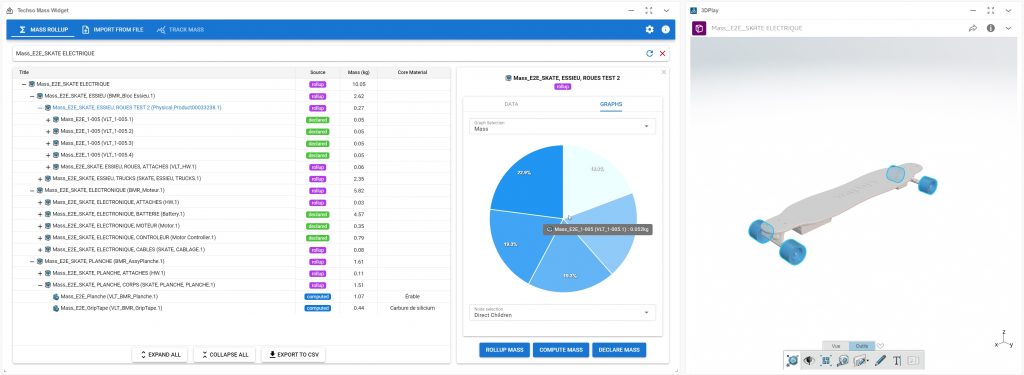WebRTC stands for Web Real-Time Communication. It is a standard based on a free plugin allowing the integration of real time communication, through a browser.
It features fundamentals for real time communication such as network, audio & video components usually used in audio & video chats applications.
As soon as these components are integrated in a browser, they become accessible via a JavaScript API. So it allows developers to easily implement their own WebRTC applications.
WebRTC is divided into 3 APIs:
- getUserMedia (for camera & microphone accesses)
- PeerConnection (for media sending and receiving)
- DataChannels (for non-media sending flow, directly between P2P browsers)
WebRTC gives the development community the opportunity to expand real time communication technology, for free!
This type of technology used to be available only for large businesses that could afford expensive licenses or priority plugin such as Adobe Flash (paying solution for developers).
But this was before WebRTC.
WebRTC leads the march to an all new wave of web video, voice & data applications, royalty free.

Currently, WebRTC is supported by Google Chrome, Mozilla Firefox and Opera. It can be compiled to support Android and iOS. For now, Internet Explorer and Safari are the only 2 browsers not supporting WebRTC natively. They still require an external plugin.
Some Examples
With WebRTC, every website or web application can provide advanced communications in real time. This way, it can be a working facility in several and various environments:
A recruitment software could provide Visio interview directly via a browser for instance. The HR manager could video call a candidate only by using the WebRTC integration.
A platform could allow medium businesses to access Visio conference means for its colleagues, partners at lower costs.
Any questions? Looking to implement this technique? Give us a call, we’ll be happy to help!



